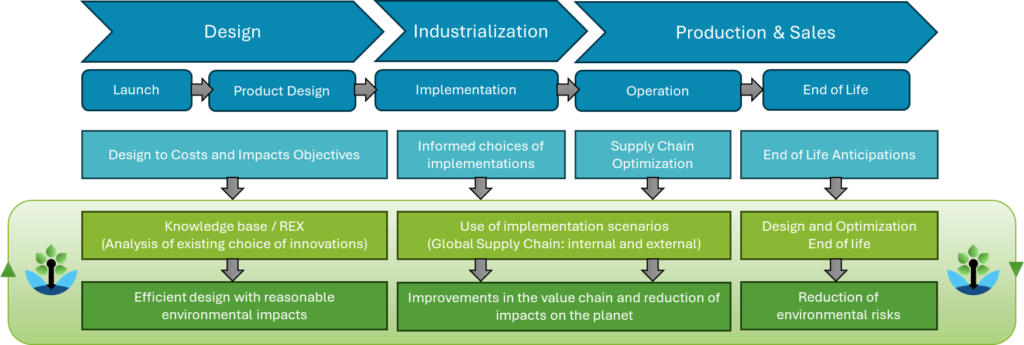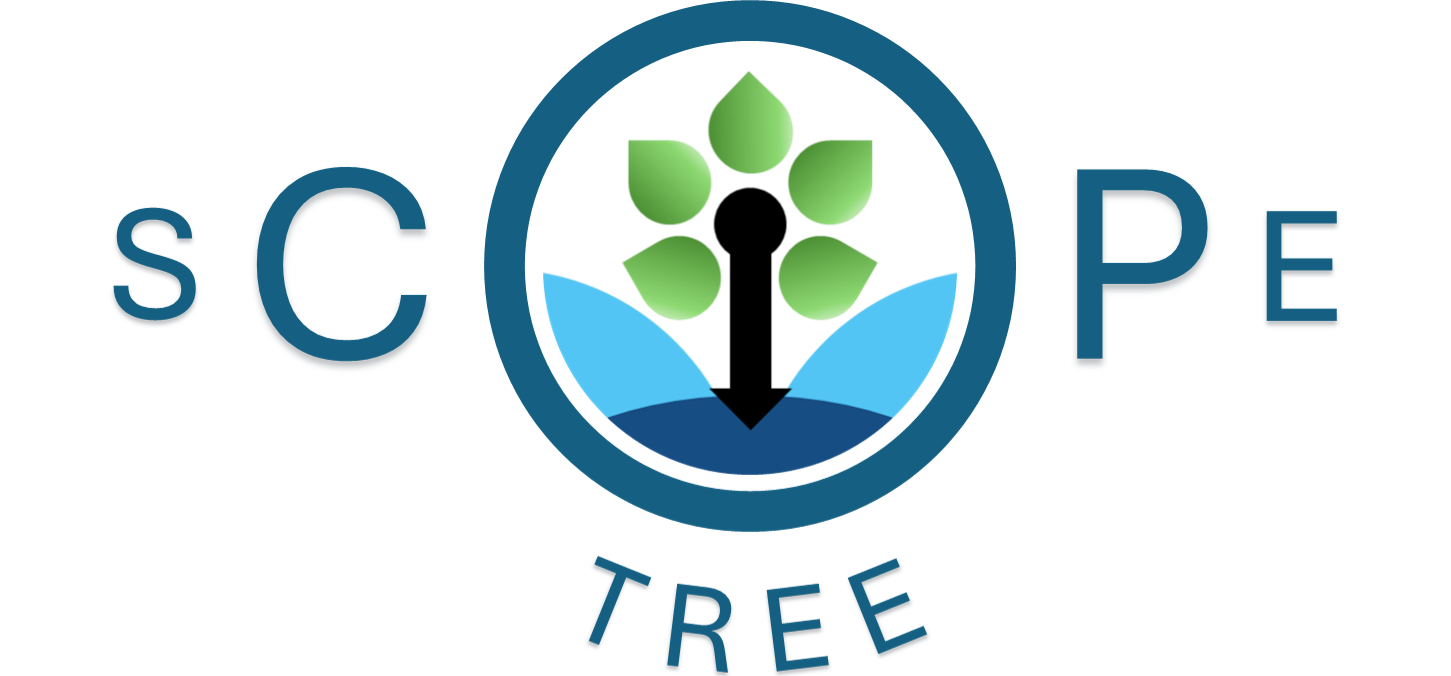With SCOPE TREE, make informed decisions from the earliest design stages for a more sustainable future.
100% of environmental issues are played out during the design and industrialization of products. Here are some crucial decisions:
Information systems such as PLM (product lifecycle management) and ERP (enterprise resource planning) do not simply allow you to measure:
Scope Tree was born to transform the approach to sustainable designs of manufactured products by making it possible to visualize upstream all environmental impacts and associated costs.


The circular economy and its integration with SCOPE TREE
The circular economy aims to optimize the use of resources and reduce waste by promoting practices such as reuse, repair and recycling. It rethinks our modes of production and consumption for a development compatible with the challenges of sustainable development: environmental, economic and social.
By integrating the circular economy into Scope Tree, we can:
SCOPE TREE and product life cycles
Every product or service sold follows a life cycle from its conception to its end of life.
The diagram below describes how Scope Tree was designed to support decision support throughout the product life cycle:

At each point in the life cycle, Scope Tree displays the information needed to guide decisions in terms of environmental impacts and costs:
The structured display of product life BOM is based on knowledge that is sometimes hidden and/or isolated within the company, and Scope Tree supports you in highlighting and exploiting it on a daily basis.
